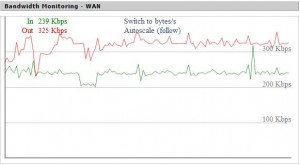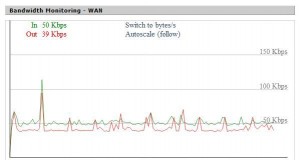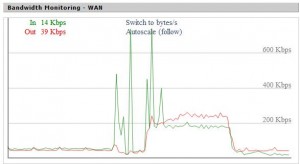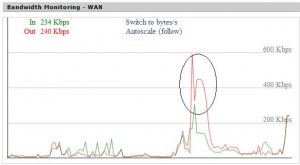Several friends and associates have asked me about the “New Intel based PC’s are PERMANENTLY hackable” article available here: http://www.jimstonefreelance.com/corevpro.html (Note: you’re likely to get a little confused if you’re not familar with some of the terms in the article, so make sure you have a dictionary handy).
First of all, as noted in the title of that article, not all Intel CPUs are vPro enabled.
Secondly, for vPro to work it requires not only a compatible CPU, but also a compatible motherboard.
Third, there is a deployment/activation phase required for all this to work (although some computers might come enabled from the factory).
Fourth, the statement in the above article that “Core vPro processors work in conjunction with Intel’s new Anti Theft 3.0, which put 3g connectivity into every Intel CPU after the Sandy Bridge version of the I3/5/7 processors. Users do not get to know about that 3g connection, but it IS there.” is inaccurate. Intel’s Anti Theft technology can take advantage of 3G connectivity (3G: Abbreviation for third generation, it refers to the third generation of mobile telecommunications technology, like the technology that allows your cell phone to send and receive emails or access a website) only if the laptop has a compatible 3G connectivity card installed.
So what do all the above mean? Basically that the contents of the article are alarmist by not giving enough specifics, so it becomes a generality. The vPro technology, if enabled and in the wrong hands, sure, can be a security/privacy concern. But that’s hardly the conclusion one would reach if it only read the above mentioned article.
But just in case I’m off to polish my tin foil hat. 🙂
For a list of vPro ready computers (That could be subverted given the right set of circumstances) visit https://msp.intel.com/find-a-vpro-system




